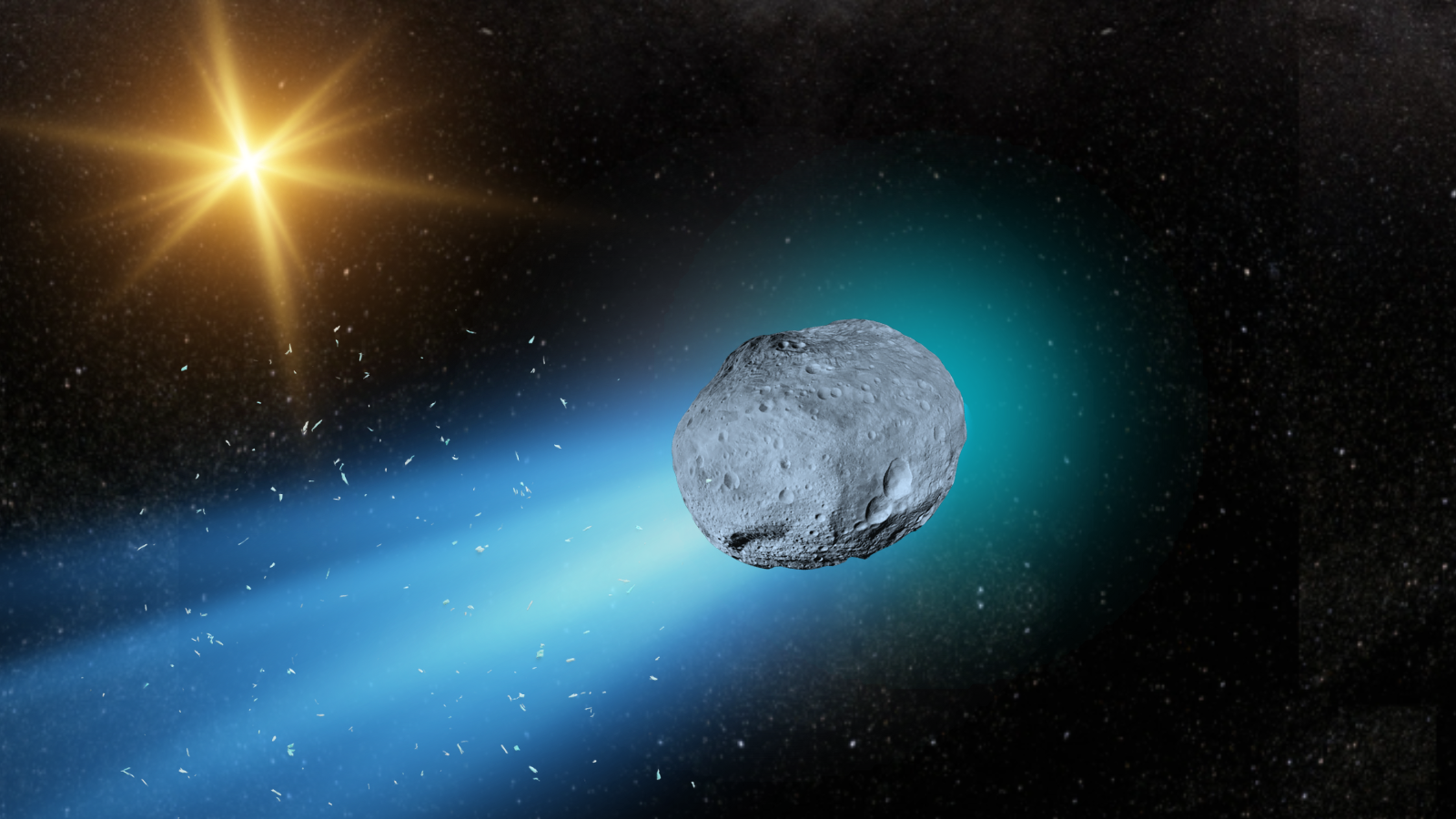Key Takeaways
- 3I/ATLAS exhibits a rare anti-tail — a jet pointing toward the Sun, unlike any known cometary behavior.
- Observations from Hubble and the Twin Telescope confirm this anomaly, ruling out optical illusions.
- Scientists face a growing puzzle: why the astronomy community continues to treat 3I/ATLAS as a conventional comet despite overwhelming evidence to the contrary.
A Cosmic Mystery in Plain Sight
On July 21, 2025, the Hubble Space Telescope captured an image that reignited debate across the astronomy community. The subject was 3I/ATLAS, only the third known interstellar object to pass through our solar system. Unlike any known comet, the image revealed an extended glow pointing toward the Sun—a phenomenon scientists call an anti-tail. This unusual feature, further analyzed by physicists Avi Loeb and Eric Keto, suggested a sunward jet roughly ten times longer than it is wide—an observation that contradicts everything we know about cometary physics.
Defying the Rules of Comet Behavior
Traditionally, comet tails always extend away from the Sun, driven by solar radiation and wind pushing dust and gas outward. Yet 3I/ATLAS’s anti-tail appeared to do the opposite. If the particles in this jet were typical cometary dust, sunlight should have forced them away, not drawn them inward. Loeb and Keto’s study emphasized that even larger, heavier particles—those less affected by solar pressure—wouldn’t produce such a bright, sun-facing glow.
The anomaly, confirmed again in August 2025 by the Two-meter Twin Telescope (TtT) at Spain’s Teide Observatory, showed a faint but consistent jet extending 6,000 kilometers toward the Sun. This repeated observation ruled out the possibility of an optical illusion, such as those sometimes caused when Earth passes through a comet’s orbital plane.
Ignored Evidence and Uncomfortable Questions
Despite the clear evidence, many comet experts continue to classify 3I/ATLAS as an ordinary comet. Loeb challenges that consensus, noting that this dismissal overlooks mounting irregularities: an anti-tail, extreme mass, unusual composition, and an improbable trajectory through the solar system. His ongoing collaboration with Keto aims to explain the physics behind the jet—but as Loeb points out, the deeper question of why these anomalies are being ignored may be one for the historians of science.
Also read : Jujutsu Kaisen Modulo Chapter 7 Confirms Mahito’s Return — Yuji and Sukuna May Follow
A Challenge to Scientific Orthodoxy
3I/ATLAS serves as a reminder that the cosmos still holds surprises that challenge human assumptions. As Loeb wryly paraphrased the Hebrew word “Dayenu” — meaning “it would have been enough” — each anomaly of 3I/ATLAS on its own should have prompted deeper inquiry. Taken together, they paint a portrait of an interstellar visitor that refuses to fit within established models—urging science to stay open to the unexpected.
Disclaimer: The information in this article is for general purposes only and does not constitute financial advice. The author’s views are personal and may not reflect the views of GameDegen.com. Before making any investment decisions, you should always conduct your own research. GameDegen.com is not responsible for any financial losses.




